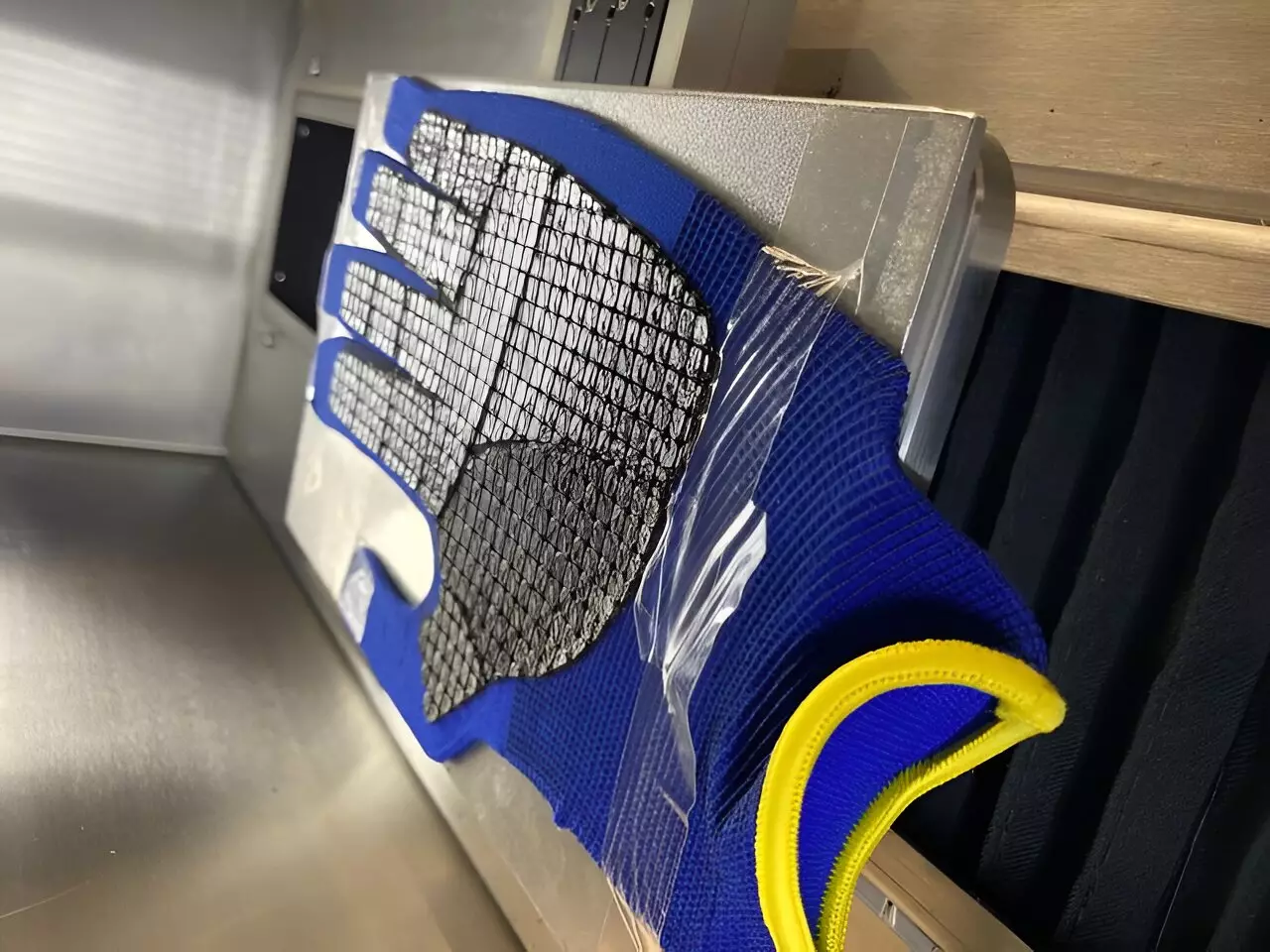Protective gloves are essential in various sectors, including industry, sports, and gardening. While traditionally made with synthetic materials like latex or nitrile rubber, the advancements in materials science are reshaping the landscape of personal protective equipment. A new frontier has emerged, focusing on sustainability without compromising quality.
The protective function of gloves largely stems from their coatings, which enhance durability against abrasions, chemicals, and environmental elements. However, the conventional materials used for these coatings often contribute to environmental concerns due to their non-biodegradable nature. The residue from these coatings not only impacts ecosystems but poses a long-term pollution hazard. Thus, there is a pressing need for innovative solutions that can mitigate these ecological impacts.
Researchers at the German Institutes of Textile and Fiber Research Denkendorf (DITF) have taken a pioneering step by utilizing lignin—a biopolymer abundantly produced as a by-product of the paper industry—as a potential replacement for traditional glove coatings. Lignin is naturally occurring in plant cells, and its environmental benefits make it an attractive alternative. With the use of 3D printing technology, scientists have created a robust yet flexible coating that retains the essential protective attributes while being environmentally friendly.
A notable advantage of lignin is its hydrophobic nature, resulting from its low number of polar groups, making it resistant to water infiltration. This characteristic is pivotal in extending the durability of the protective gear. Unlike conventional coatings, which tend to release harmful particles during wear, lignin’s structure ensures that these particles biodegrade efficiently in the environment. The higher surface-to-volume ratio of lignin particles accelerates this natural breakdown process, minimizing any potential ecological footprint.
The integration of 3D printing within this research provides a significant leap forward in personalized protective wear. Gloves can be crafted to accommodate the specific needs and preferences of the wearer, enhancing comfort and promoting agility during use. This innovative approach not only reduces waste through precise manufacturing but also advocates for a more user-focused design, where safety meets functionality.
The research into lignin-coated protective gloves signifies a monumental shift in the way we perceive personal safety equipment. By balancing the intricate relationship between durability, safety, and environmental impact, these gloves exemplify the potential of using sustainable materials in protective gear. As industries continue to prioritize sustainability, the adoption of these lignin-based coatings could usher in a new era for protective equipment, merging ecological responsibility with high-level performance. This groundbreaking initiative underscores the urgent need for a collaborative effort among researchers, manufacturers, and regulatory bodies to enhance safety standards while fostering environmentally conscious practices within various sectors.


Leave a Reply